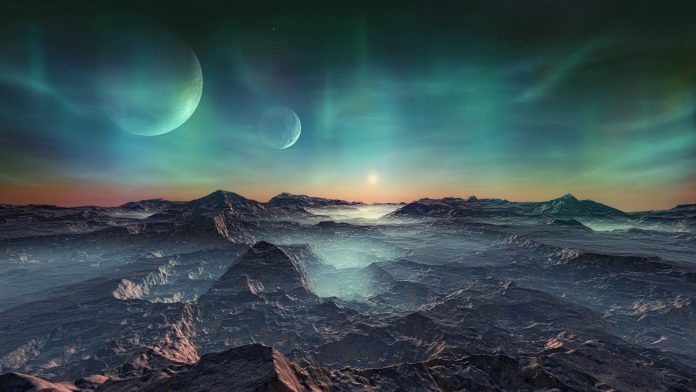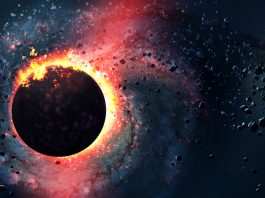New research published in the Astrophysical Journal has suggested that the presence of broccoli gas on other planets could provide evidence of extraterrestrial life.
Broccoli, along with many other plants and organisms, emit gases that help them to expel toxins. The gases are made when organisms add carbon, along with three hydrogen atoms, to an undesirable chemical element.
The process, known as methylation, turns potential toxins into gases that float away safely into the atmosphere. If broccoli gases, or others, were to be detected in the atmosphere of another planet, they would be suggestive of life on that planet.
Using methylation to detect life on other planets
“Methylation is so widespread on Earth, we expect life anywhere else to perform it,” said Michaela Leung, planetary scientist at the University of California Riverside (UCR). “Most cells have mechanisms for expelling harmful substances.”
One type of methylated gas, methyl bromide, has a number of advantages compared to other gases traditionally targeted for detecting life outside our Solar System.
It remains in the atmosphere for a shorter time than other biosignature gases, which Leung says works well because there are chances the detected gas were made a short time ago, when the organism that made it is likely still producing it.
Moreover, the gas is more likely to have been made by living creatures than other gases, such as methane. Leung explained: “There are limited ways to create this gas through non-biological means, so it is more indicative of life if you find it.”
In addition, methyl bromide absorbs light near a ‘cousin’ biosignature, methyl chloride, which makes both of them, and the presence of life, easier to find.
Methyl bromide is extremely common on Earth, but it is not easily detected in our atmosphere, due to the intensity of the Sun’s UV light. Ultraviolet radiation causes chemical reactions, breaking up water molecules in the atmosphere and splitting them into products that destroy the gas.
Despite these challenges, the researchers found that detecting methyl bromide around an M dwarf star is easier than finding it in our Solar System. M dwarfs are smaller and cooler than the Sun, and produce less UV radiation that leads to the breakup of water.
“An M dwarf host star increases the concentration and detectability of methyl bromide by four orders of magnitude compared to the sun,” Leung said.
This is a benefit for astronomers, because M dwarfs are more than ten times as common than stars like the Sun, and will be the first targets in upcoming searches for life on exoplanets.
Future research
For these reasons, the researchers hope that astrobiologists will begin to consider the role of broccoli gas in their future searches for life on other planets.
The development of new large, ground-based telescopes that are optimised to detect Earth-like planetary atmospheres will aid in detecting the presence of gases, such as broccoli gas, within other planets’ atmospheres.
The team are set to investigate the potential for other methylated gases to serve as targets in the search for extraterrestrial life, especially since this group of gases are only produced by living organisms.
“We believe methyl bromide is one of many gases commonly made by organisms on Earth that may provide compelling evidence of life from afar,” said Eddie Schwieterman, astrobiologist at UCR and co-author of the study. “This one is just the tip of the iceberg.”









